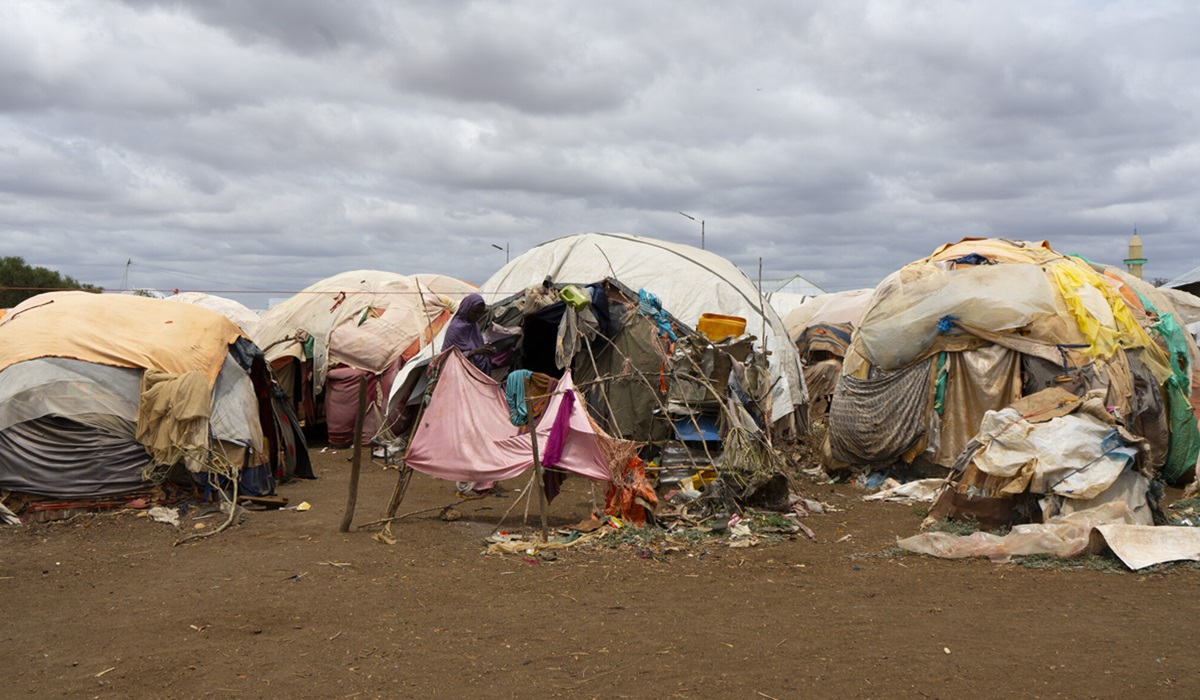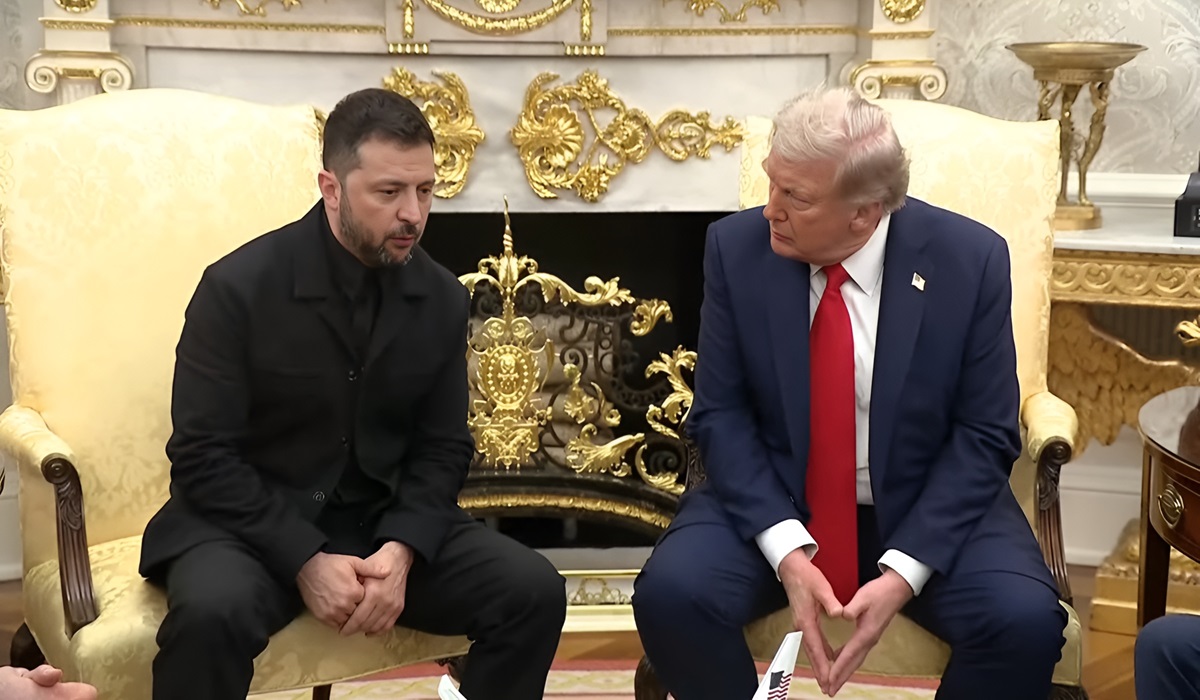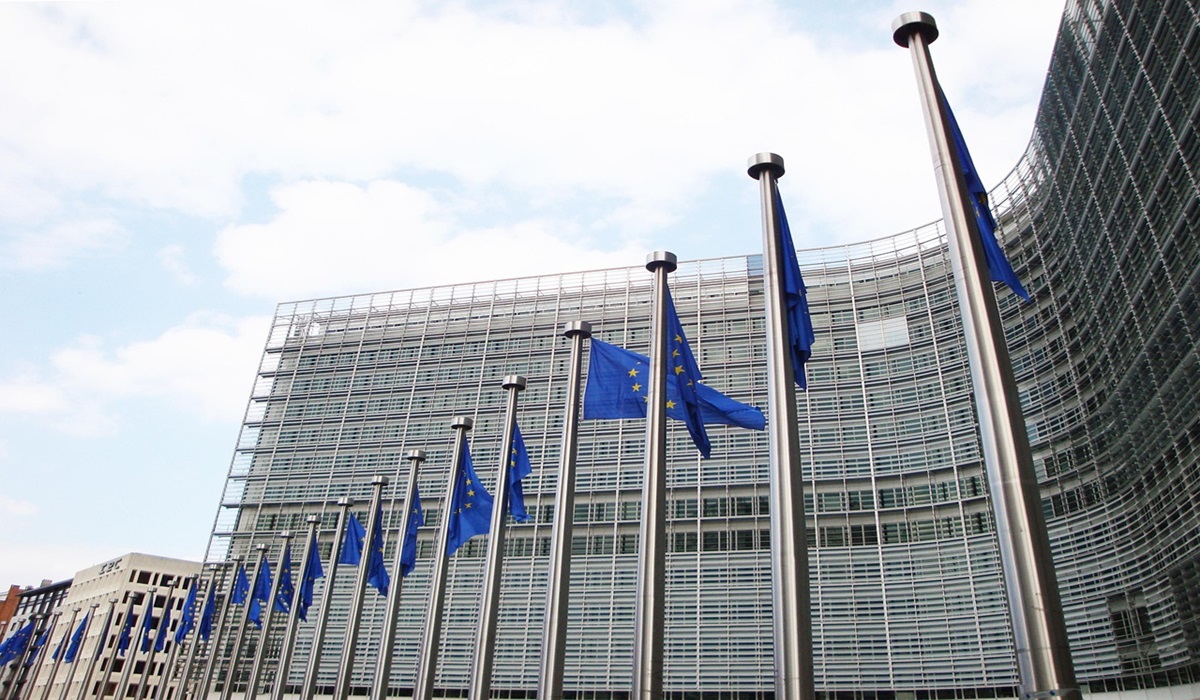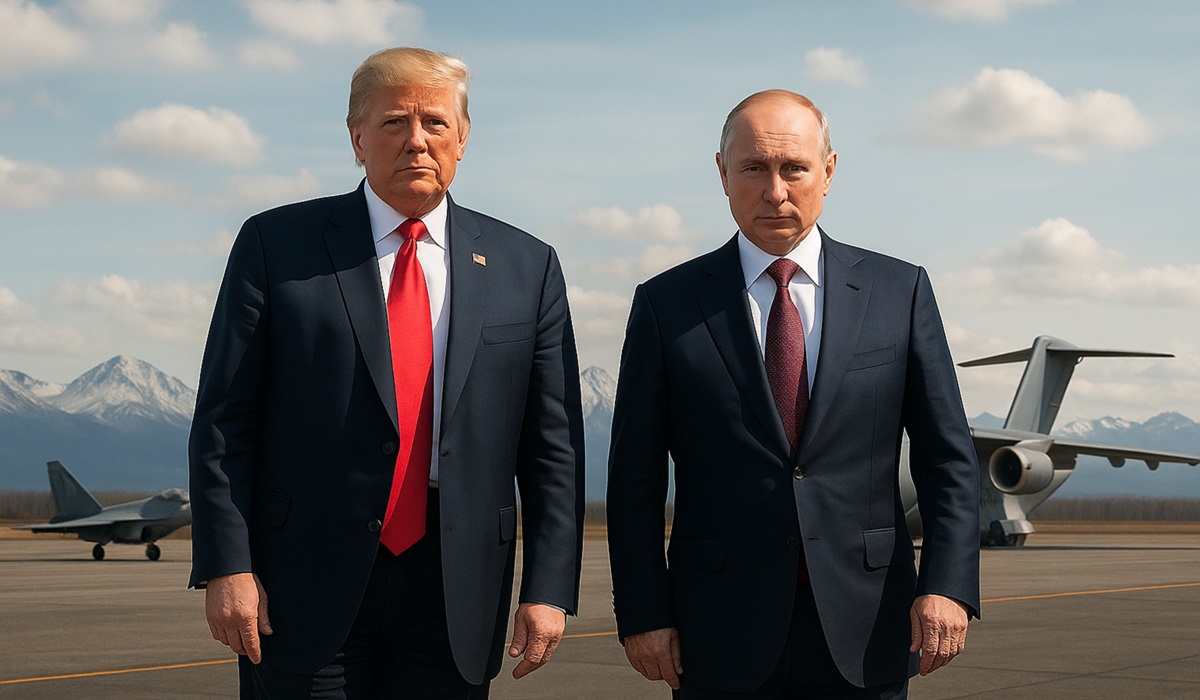A Fragile Peace: Why the Armenia–Azerbaijan Deal Remains a Mirage
- Bakhtawar Naveed
- Breaking News
- Europe
- August 8, 2025
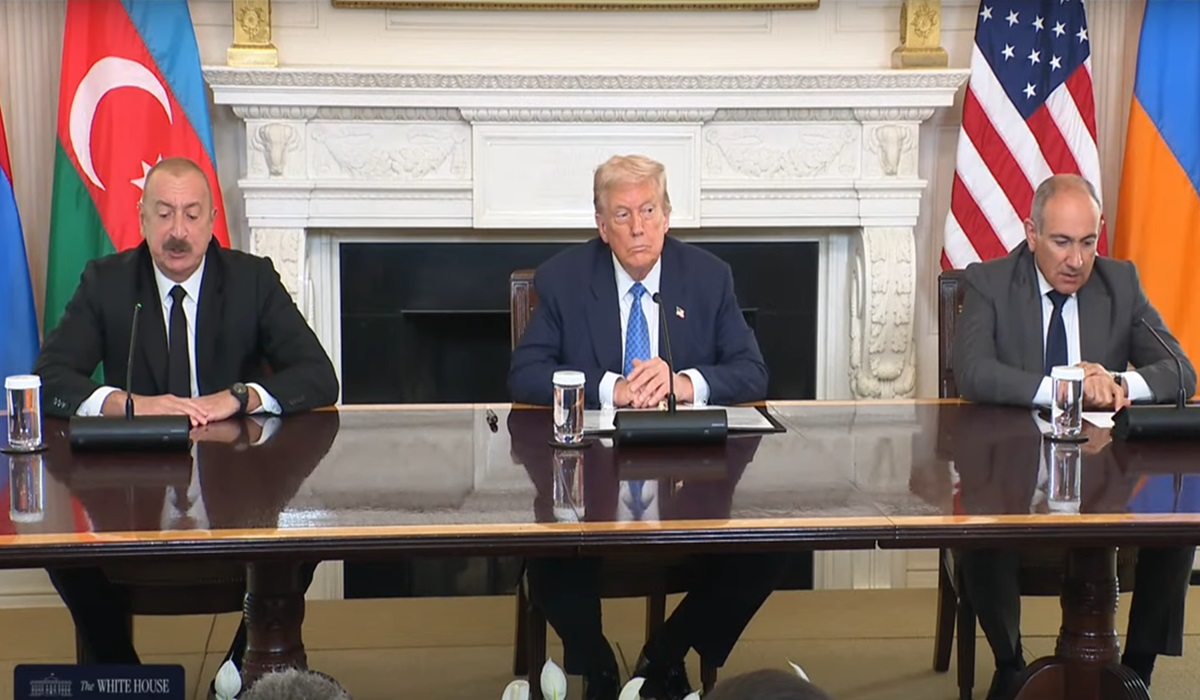
A day before hosting Armenian Prime Minister Nikol Pashinyan and Azerbaijani President Ilham Aliyev for the August 8 summit, U.S. President Donald Trump announced on Truth Social that the leaders would convene for a Peace Signing Ceremony. Yet the actual event yielded only a joint declaration with seven points—just four of which substantively addressed the conflict, while the remainder offered generic platitudes about peace and effusive praise for Trump’s mediation.
The recent diplomatic flurry between Armenia and Azerbaijan, culminating in the unveiling at the White House of a much-touted draft peace agreement, has been hailed as a breakthrough for peace in the South Caucasus. Beneath the celebratory rhetoric, however, lies a far more complicated reality—one where triumphalist narratives mask unresolved tensions and where military dominance, rather than genuine compromise, continues to dictate terms.
The deliberate vagueness signals that formidable obstacles remain before a final treaty can be signed by the countries’ leaders. The declaration’s first and most critical point revealed its provisional nature: the peace deal was merely initialed by foreign ministers, not signed by the heads of state.
The draft agreement’s emphasis on non-interference in internal affairs rings hollow against Azerbaijan’s uncompromising demand that Armenia purge its constitution of all references to Nagorno-Karabakh—the disputed territory that sparked two devastating wars (1990s, 2020) and culminated in Azerbaijan’s military victory, the region’s forcible reintegration, and the ethnic cleansing of over 100,000 indigenous Armenians in 2023.
The asymmetry gives Baku little incentive to relinquish its tactical advantages, ensuring it retains territorial leverage in addition to its military superiority in any future hostilities. Land swaps might offer a solution, but Yerevan lacks equivalent leverage: unlike Azerbaijan, it holds no strategic Armenian enclaves in Azerbaijani territory to trade. This reveals the fundamental flaw in the so-called peace deal—it reflects Azerbaijan’s military triumph rather than a balanced compromise addressing both sides’ core interests. With its battlefield objectives achieved, Baku feels little need to make meaningful concessions.
The 2023 forced exodus thus represented not just a military solution, but the deliberate creation of irreversible facts on the ground. These dynamics explain Aliyev’s maximalist position: he seeks to leverage Azerbaijan’s current dominance to eliminate any future possibility of what Baku terms Armenian revanchism. This strategy is made clear by the peace agreement’s broad clause mandating opposition to separatism in all its forms. That phrase serves dual purposes: it permanently extinguishes Armenia’s territorial claims to Karabakh while simultaneously denying the right of return to its Armenian population.
The local tensions unfold against an increasingly complex geopolitical situation, where great power rivalries threaten to exacerbate rather than resolve the region’s conflicts. It remains unclear how much America is truly willing to invest in stabilizing a region 6,000 miles away—and one of marginal strategic importance—where regional powers like Russia, Turkey, and Iran have far more at stake. The Kremlin’s muted reaction to this U.S.-brokered deal reflects strategic calculation rather than acceptance.
Iran could emerge as a major spoiler. Among regional actors, it has offered the most pointed criticism of TRIPP. President Masoud Pezeshkian struck a conciliatory tone, but he explicitly warned that the U.S. presence along Iran’s border would be problematic. The Supreme Leader’s foreign policy adviser, Ali Akbar Velayati, adopted a harder line, vowing opposition to the “Trump route” regardless of Russian involvement.
The continued presence of Russian border guards along Armenia’s frontier with Iran presents another complicating factor. The U.S.-backed TRIPP corridor will need to accommodate this enduring reality. Despite talk of withdrawal, Russia maintains deep economic and infrastructure links in Armenia and will likely seek to influence the country’s 2026 parliamentary elections to favor Russia-friendly factions.
True peace requires more than diplomatic theater; it demands difficult compromises that have so far not been met. Until then, the promise of stability between Azerbaijan and Armenia remains a mirage. Without addressing core grievances—territorial disputes, constitutional demands, and the rights of displaced populations—this deal risks becoming another fleeting truce in a conflict that has defied resolution for decades. The South Caucasus has seen many historic agreements unravel. For this one to endure, it must move beyond symbolism and confront the unresolved issues that still divide Armenia and Azerbaijan.


